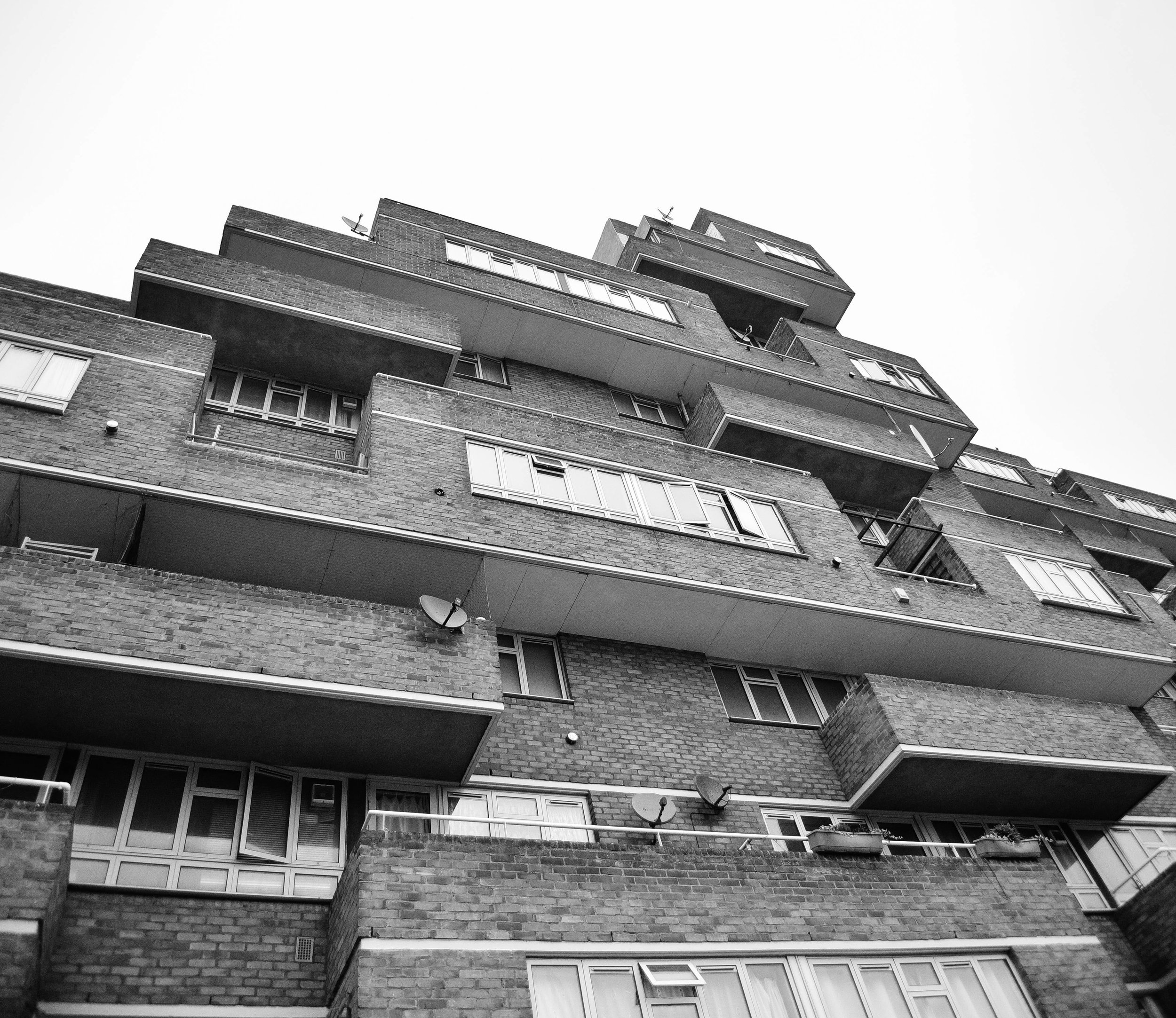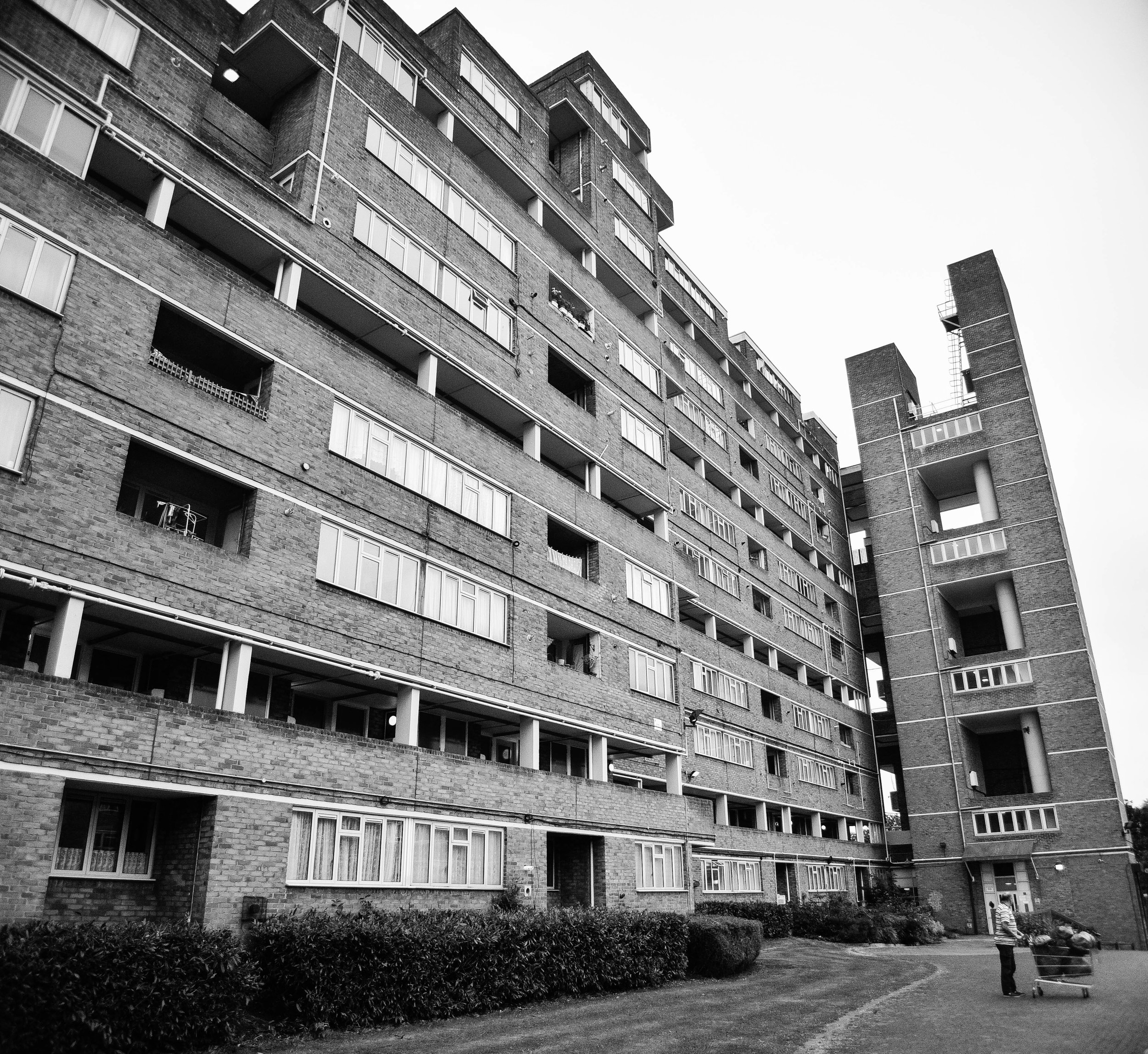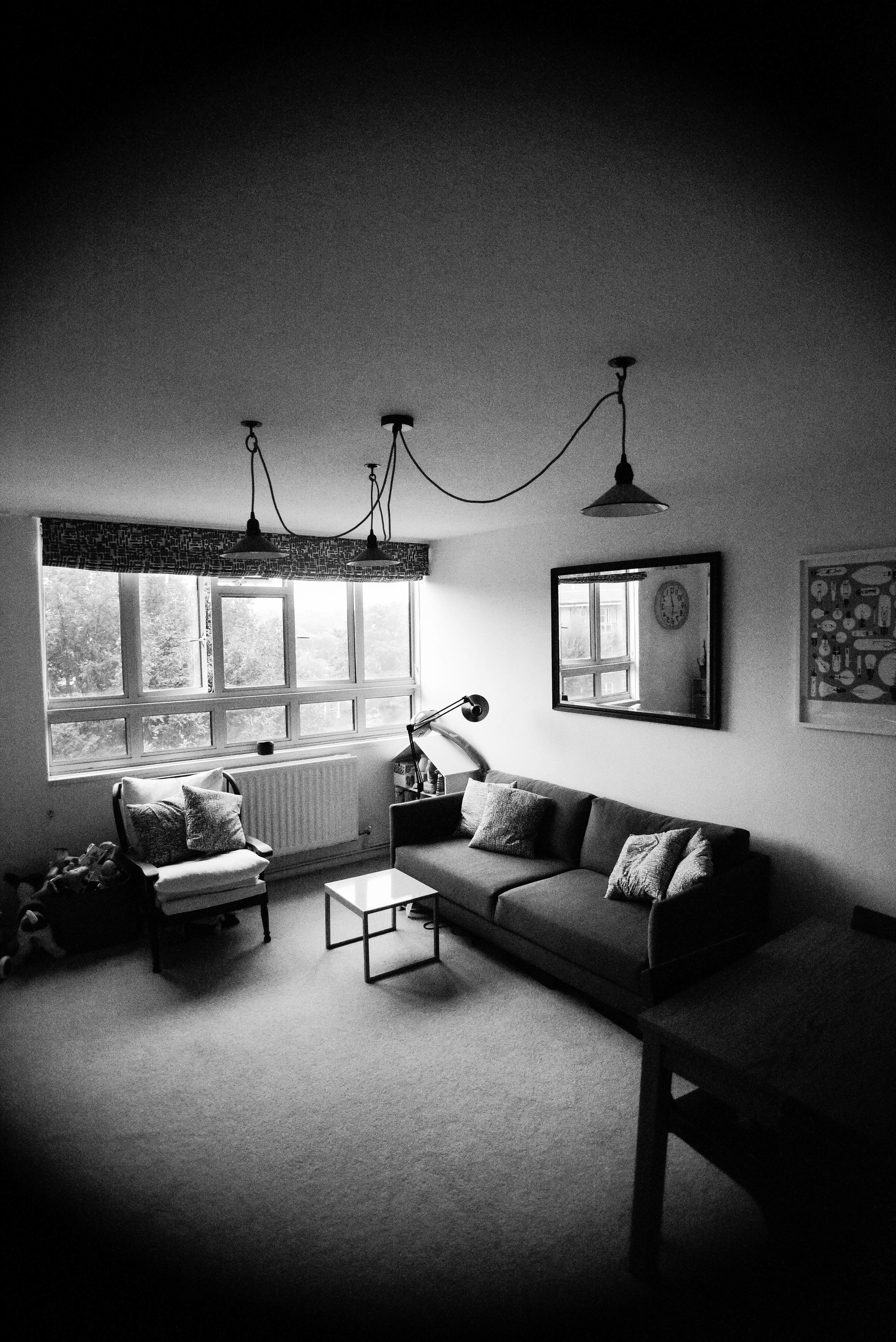Over the last few weeks, I've been shooting a documentary photography series for the #WeLiveHere2017 campaign. Each day I've been visiting the neighbourhood of Waterloo in central Sydney to take portraits of local residents, as well as asking them a few questions about their connection with the neighbourhood.
The project aims to put a human face to public housing to encourage compassion, action and resistance to the rapid change that is taking place in this part of the city. Over the next year the state government intends to demolish and redevelop the public housing estate, displacing 4,500 of the existing residents. Unfortunately, these are some of Sydney's most vulnerable, including the elderly, disabled and those on low-incomes.
40 years ago this neighbourhood was built as a 'utopia', opened by Queen Elizabeth II and Prince Philip. By 2018, the existing buildings and community will have disappeared - replaced primarily by those on high incomes. The socially diverse, dynamic, inner city community - with an important cultural heritage - will be changed forever.
If you want to check out my photographs head to @WeLiveHere2017 on Facebook or Instagram. You can also learn more about the community light installation and upcoming documentary through the official website.
Getting ready to take some shots for the day. Thanks Georgia MacNevin for the photos.
Examples of portraits and stories below.
Feature image courtesy Georgia MacNevin.





























